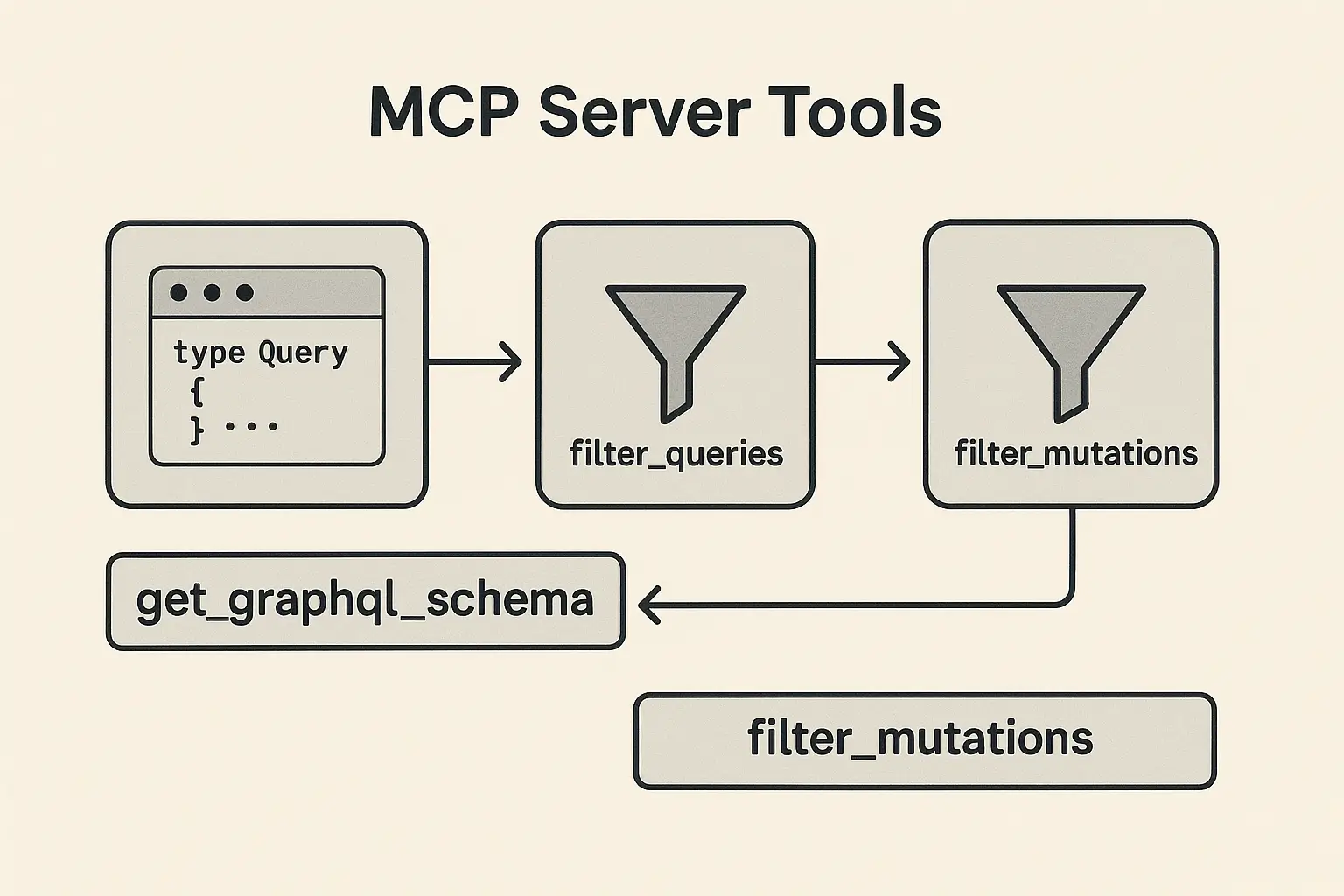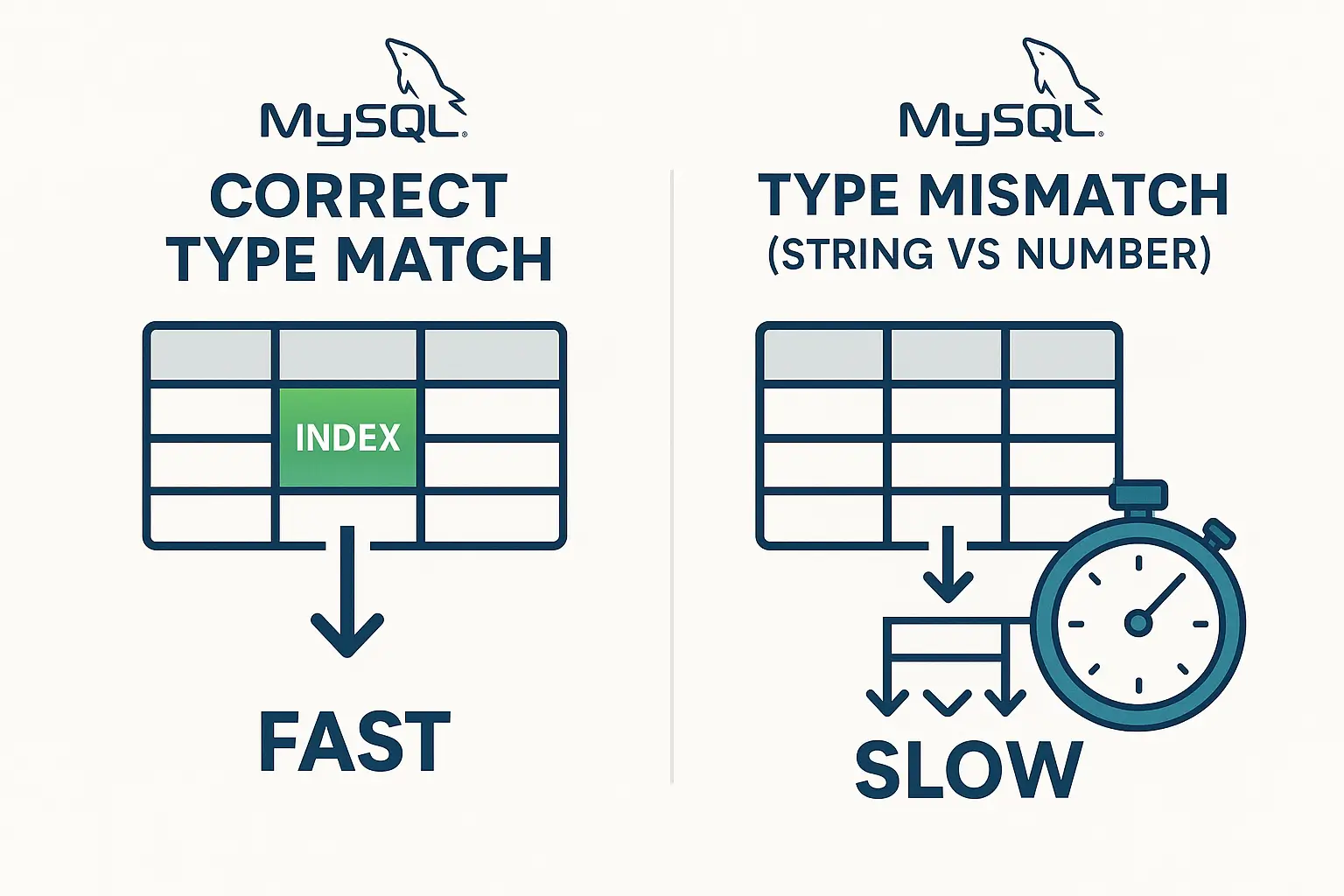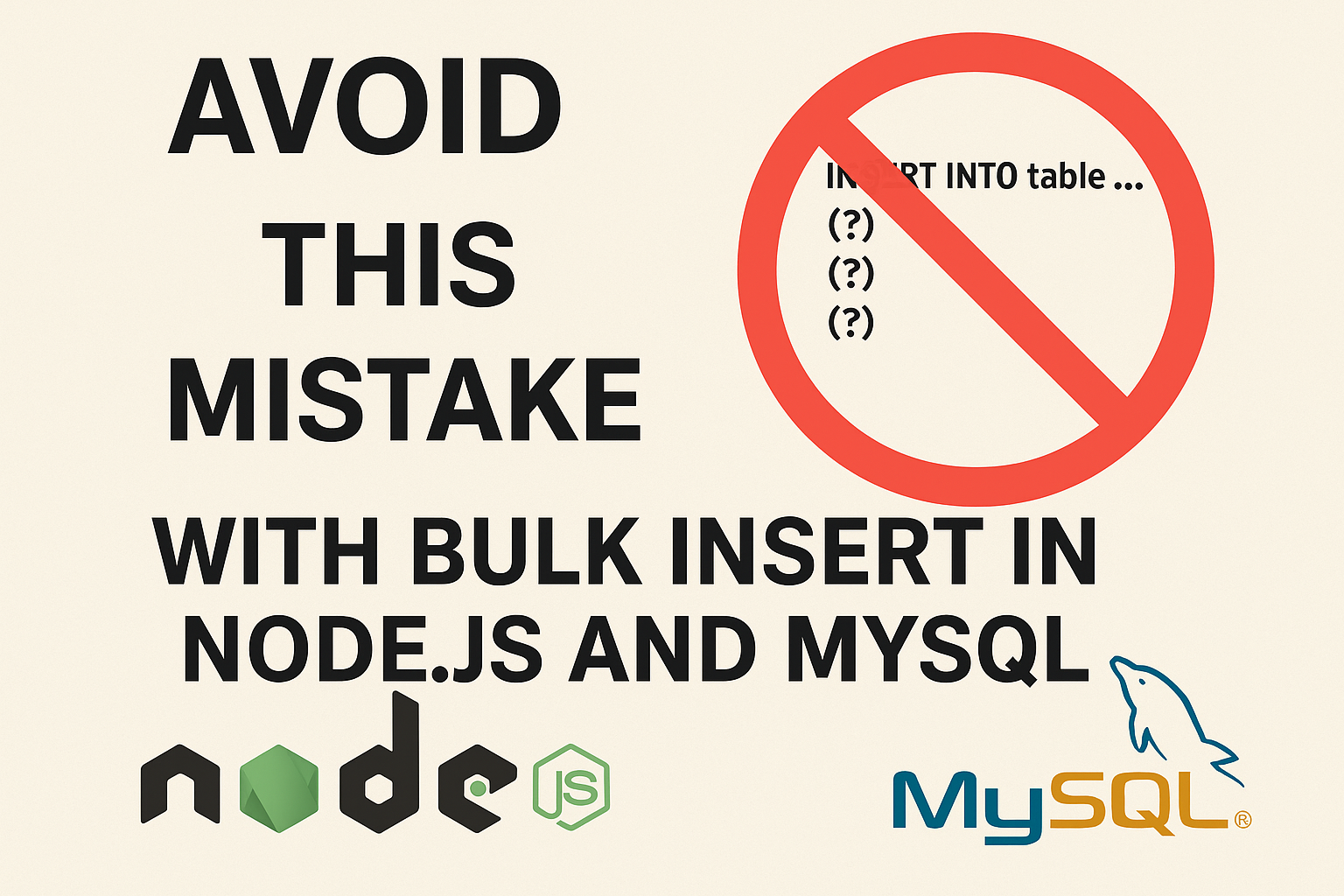Multi-Tenancy in Rails: Best Practices and Approaches Comparison
Introduction
As your Rails application scales, you may need to serve multiple tenants while ensuring their data stays isolated. Multi-tenancy enables your app to serve multiple clients or tenants, each having their own data. In this guide, we’ll explore three common approaches to implementing multi-tenancy in Rails, compare their pros and cons, provide real-world use cases, and help you choose the best solution for your needs.
What is Multi-Tenancy?
Multi-tenancy is a way of designing software where a single application serves multiple customers, called tenants, but each tenant’s data is kept separate. Think of it like an apartment building: each tenant lives in their own apartment, but they all share the same infrastructure (the same app).
Example:
Imagine you are building a task management app (similar to Asana or Trello) that is used by different companies. All companies use the same app, but:
- Company A can only see their own tasks, users, and projects.
- Company B also uses the app but only sees their own data.
- Each company’s data is isolated while using the same codebase.
By designing the app this way, you maintain a single codebase while securely separating each tenant’s data, ensuring that Company A never sees Company B’s information.
Common Approaches to Multi-Tenancy in Rails
- Schema-based (PostgreSQL)
- Row-based (Shared Schema)
- Database-per-Tenant
Each method offers a different balance between isolation, complexity, and performance. Let’s look at each approach in detail, along with real-world examples.
Schema-based Multi-Tenancy (PostgreSQL)
Schema-based multi-tenancy creates a separate schema within the same database for each tenant. PostgreSQL supports this out-of-the-box.
- How it works: Each tenant has its own schema, and Rails dynamically switches the schema based on tenant information.
- Use case: Ideal for SaaS applications with many tenants who need isolated data but still benefit from shared resources.
Real-World Use Case:
An accounting software-as-a-service (SaaS) company serves small businesses, allowing each business to have its own completely separate financial data. Using PostgreSQL’s schema-based approach, the application dynamically switches schemas so that the data is completely isolated but uses shared database infrastructure for scaling.
Code Example:
# controller example
before_action :switch_tenant
def switch_tenant
Apartment::Tenant.switch!(current_user.tenant_name)
endRow-based Multi-Tenancy (Shared Schema)
Row-based multi-tenancy stores all tenant data in the same tables, with each tenant’s records tagged by a tenant_id column.
- How it works: All tenants share the same schema, and queries are scoped by the
tenant_id. - Use case: Perfect for applications that have a smaller number of tenants and don’t require strict data isolation, such as internal apps.
Real-World Use Case:
A project management tool used internally by different departments of a company. Each department is considered a tenant, and the data is shared in the same database tables, but scoped by a tenant_id. This approach keeps things simple and doesn’t require the overhead of managing schemas or databases per tenant.
Code Example:
# Project model example
acts_as_tenant(:account)Database-per-Tenant
With database-per-tenant, each tenant gets a completely separate database. The application switches databases dynamically based on tenant information.
- How it works: The app connects to a different database for each tenant, offering full isolation.
- Use case: Suited for large, enterprise-level SaaS applications where complete data isolation is critical, or where tenant-specific scaling is required.
Real-World Use Case:
An enterprise HR software solution for large corporations. Each corporation has its own dedicated database, ensuring total data separation and allowing the application to scale independently for each customer. Large tenants that require extensive customization or performance tuning have their databases fine-tuned specifically for them.
Code Example:
# Dynamically switch database
Apartment::Tenant.switch!(tenant_db_name)Comparison of Multi-Tenancy Approaches brief
- Schema-based (PostgreSQL)
- Isolation: Medium.
- Complexity: Moderate. Easier to manage compared to database-per-tenant but still offers good isolation.
- Performance: High. Scales well with many tenants.
- Best for: SaaS applications with many tenants who need data isolation but don’t require separate databases.
- Row-based (Shared Schema)
- Isolation: Low. Tenants share the same database, and data is only logically separated by a
tenant_id. - Complexity: Low. Simple to implement, and works on all major databases.
- Performance: May degrade with a large number of tenants and datasets.
- Best for: Small apps with fewer tenants where full data isolation is not necessary.
- Isolation: Low. Tenants share the same database, and data is only logically separated by a
- Database-per-Tenant
- Isolation: High. Each tenant has its own database, providing full data isolation.
- Complexity: High. More complex to manage as the number of tenants increases.
- Performance: Very high. Each tenant’s database can be scaled independently.
- Best for: Enterprise-level apps with large tenants needing full data isolation and scalability.
Which Approach is Best?
The right multi-tenancy approach depends on the size and scale of your application. Here’s a quick guide to help you decide:
- Choose schema-based if you need isolation but want to avoid managing many databases. PostgreSQL is required.
- Choose row-based if your app is simple, has fewer tenants, and doesn’t require strict isolation.
- Choose database-per-tenant if each tenant’s data must be entirely separate, or if you need flexibility in scaling each tenant independently.
Conclusion
Multi-tenancy in Rails can be implemented using a variety of methods, each with its own trade-offs. By understanding the different approaches and considering real-world use cases, you can select the method that best fits your application’s needs. Whether you prioritize simplicity, isolation, or scalability, Rails offers the flexibility to deliver a seamless multi-tenant solution.





